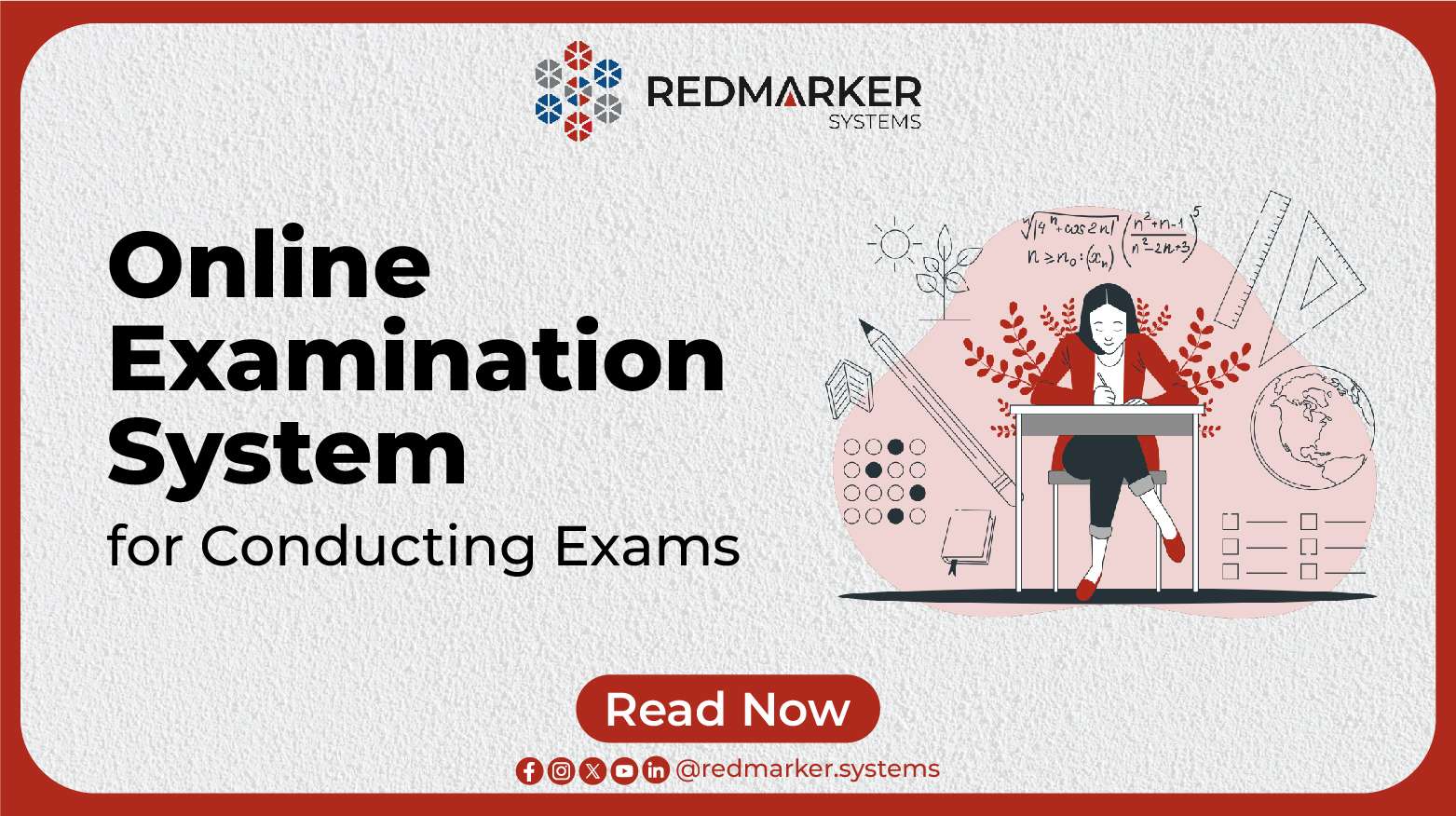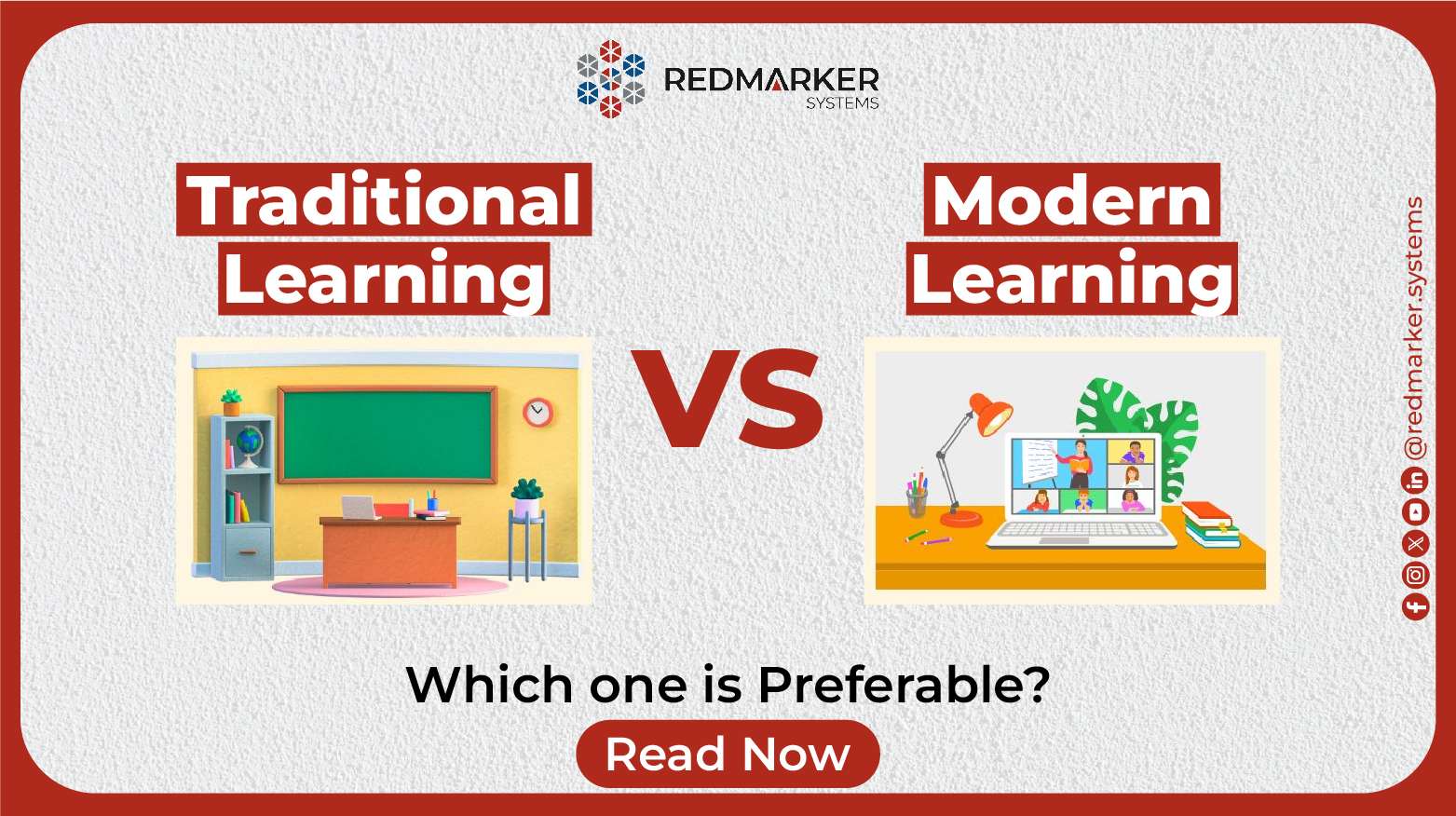rMarker: A Game-Changer in Online Marking
Transforming Assessment with rMarker: A Game-Changer in Online Marking
Introduction:
In the digital age of education, the landscape of assessment and grading is undergoing a revolution, and online marking is at the forefront of this transformative wave. Meet rMarker, an innovative solution that is redefining the way educators and institutions conduct assessments. In this blog post, we’ll delve into the concept of online marking, explore the capabilities of rMarker, and address common questions surrounding this cutting-edge approach.
What is Online Marking?
Online marking refers to the process of evaluating and grading assessments digitally, using specialized software or platforms. It replaces traditional paper-based marking methods with a streamlined digital approach, offering educators and institutions greater efficiency, accessibility, and insightful data-driven insights.
What is E-marking in Paper?
E-marking in paper, also known as electronic marking or e-grading, involves using digital tools to assess paper-based exams. This approach combines the benefits of digital technology with the familiarity of traditional paper assessments, enabling educators to grade exams electronically while retaining the original paper format.
What Are the Two Types of Marking?
There are two primary types of marking: traditional/manual marking and online marking. While traditional marking involves hand-grading physical copies of exams, online marking leverages digital platforms like rMarker to evaluate and grade assessments efficiently and accurately.
What is a Marking Process?
A marking process encompasses the steps involved in evaluating and assigning scores to assessments. It includes tasks such as reading answers, assigning points, providing feedback, and generating final grades. Online marking solutions like rMarker streamline this process, allowing educators to manage assessments digitally and eliminate manual tasks.
What is Negative Marking?
Negative marking is a scoring strategy used in assessments where incorrect answers result in a deduction of points from the total score. This approach aims to discourage random guessing and encourage thoughtful answering. Online marking tools like rMarker can automate the calculation of negative marking, simplifying the grading process.
Is E-Marking the Same as CE Marking?
No, e-marking (electronic marking) and CE marking (Conformité Européenne) are distinct concepts. E-marking refers to digital assessment and grading, while CE marking is a certification indicating that a product complies with European Union regulations. They pertain to different domains and serve different purposes.
What is Sample Marking?
Sample marking involves evaluating a subset of assessments to ensure consistency and accuracy in grading. It’s a quality assurance practice that helps identify discrepancies and maintain grading standards. Online marking platforms like rMarker can facilitate sample marking by providing tools for random selection and comparison.
Conclusion:
As the realm of education embraces technological advancements, online marking is emerging as a game-changer. rMarker, with its advanced features and user-friendly interface, exemplifies the power of digital solutions in revolutionizing the assessment process. With the ability to streamline marking, provide instant feedback, and offer data-driven insights, rMarker is not just a tool; it’s a catalyst for positive change in education. Experience the future of assessment with rMarker and witness how online marking is shaping the way we evaluate learning outcomes.
Learn more about rMarker and how it’s revolutionizing online marking.



